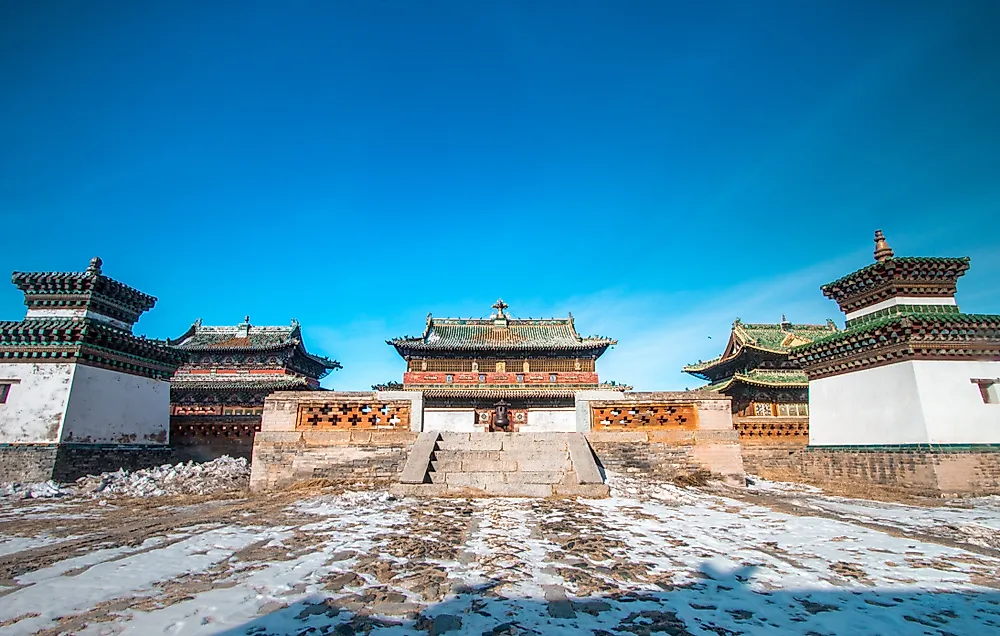Karakorum, Capital of the Mongol Empire

Karakorum was one of the most crucial towns in Silk Road’s history. It was the capital city of Northern Yuan from the fourteenth and fifteenth century and of the Mongolian Kingdom from 1235 to 1260. The ruins of Karakorum are situated on the northwestern corner of the Mongolian province of Ovorkhangai, near the present-day Kharkhorin town and the Erdene-Zuu Monastery. The Karakorum ruins are part of Orkhon Valley.
History
Even though Genghis Khan established the Karakorum in 1220, the city did not become the capital of the Mongolian Kingdom until the 1230s. Karakorum looked like a small yurt town until 1235, when Genghis’s son Ogedei took over and built a wall around the city and also erected a palace. Ogedei constructed the Myriad Peace Palace in 1235, after defeating the Jin Dynasty. Under Genghis’s son and his successors, the city became an important place for world politics. Mongke, the fourth leader of the Mongolian Kingdom, enlarged the palace and finished building the great stupa temple. Mongke erected a silver tree at the center courtyard. The silver tree had silver fruits, an angel, holding a trumpet and 4 serpents. When the Mongke needed a drink, the mechanical angel placed the trumpet on its lips and sounded the horn. The snakes started gushing an alcoholic beverage into a basin that was placed at the base of the silver tree.
After Kublai Khan took over in 1260, he moved the capital to Shangdu and then to Khanbaliq. The city was reduced to an administrative center. Karakorum suffered even more after the civil war with Ariq Khan and another battle with Kaidu. Kublai disrupted the grain supply to Karakorum in 1260. Kaidu managed to take over the city in 1277, but he was ousted by the Yuan army in 1278. Karakorum prospered again during the first half of the fourteenth century, with the city being expanded further in 1299.
The Decline Of Karakorum
After the Yuan dynasty collapsed in 1368, the city became Biligtu Khan’s residence. Karakorum was raided in 1388 by the Ming troop. The city was later made a capital city during the sixteenth century after Dayan Khan took over. Karakorum changed hands between Chinggisids and Oirads numerous times in the following years until it was completely abandoned.
Excavations
The exact location of this ancient city was unclear, but the initial hint that the city was situated at Erdene Zuu was known by the eighteenth century. However, until the twentieth century, there was a dispute as to whether the Karabalgasun ruins were part of Karakorum. Nikolai Yadrintsev settled the dispute in 1889 when he identified the Karabalgasun site as part of the former Mongol capital, Ordu-Baliq. The first excavation in this region was conducted under D. Bukinich from 1933 to 1934. Sergei Kiselyov who claimed that he had discovered the remains of Ogodei Khan’s palace did the second excavation in 1948. His conclusion was disapproved by the evidence collected during the German-Mongolian excavations (2000 to 2004). The findings of the German-Mongolian excavations confirmed that Sergei had discovered the remains of the great stupa temple and not the palace. Some of the findings excavated in the site included floor heating systems, proof of processing of silver, gold, copper, and jewels, among others.











